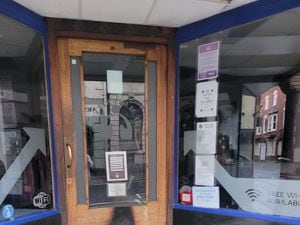Dornier 17 bomber heads to RAF Cosford after being lifted from watery grave
A unique Second World War bomber shot down during the Battle of Britain was today heading for the West Midlands following a painstaking, £500,000 recovery mission to pull it from the English Channel.
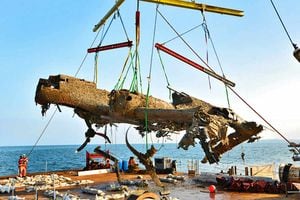
The last surviving Dornier 17 will undergo conservation work at the RAF Museum at Cosford following a six-week operation to recover it from the water which involved 50 specialists.
The German plane, known as Hitler's 'flying pencil' because of its narrow fuselage, has been lying 50 feet under water off the Kent coast since it was shot down by the RAF in 1940.
But after several failed attempts it was finally recovered from the water at Goodwin Sands, near Ramsgate last night. Work has been ongoing all night to spray the plane to prevent its aluminium from corroding.
Official live updates on the Dornier operation
The port tip of the wing was still under water this morning but was expected to be recovered today, paving the way for it to be transferred by rescue barge to Ramsgate ahead of its journey to the Midlands.
It is hoped that it will be available for members of the public to view at Cosford from next week.
RAF Museum director general Peter Dye, said: "This incredibly complex and delicate operation was made possible by a dedicated team of museum staff, partners and associates who gave their time, money or knowledge to help us achieve this goal.
"We would like to thank all those involved as we embark on the second stage of the project and deliver the aircraft to our conservation centre at Cosford."
It is hoped that the plane will leave Ramsage early this evening to begin its five-hour journey to RAF Cosford.
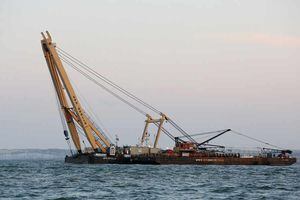
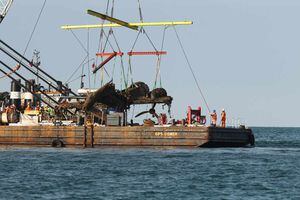

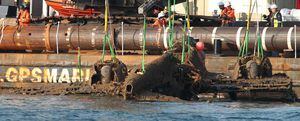
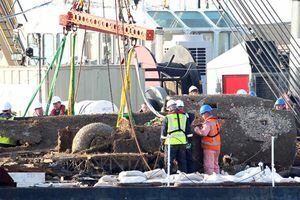
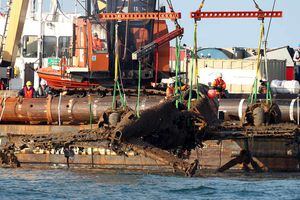
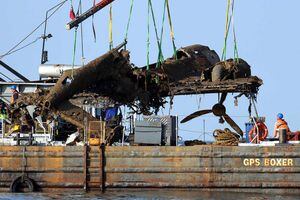
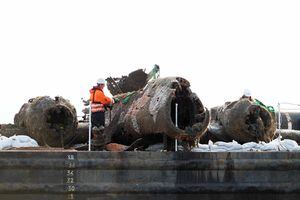
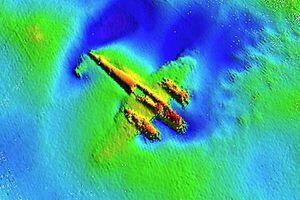

Special report on the lifting of the Dornier - See today's Express & Star



